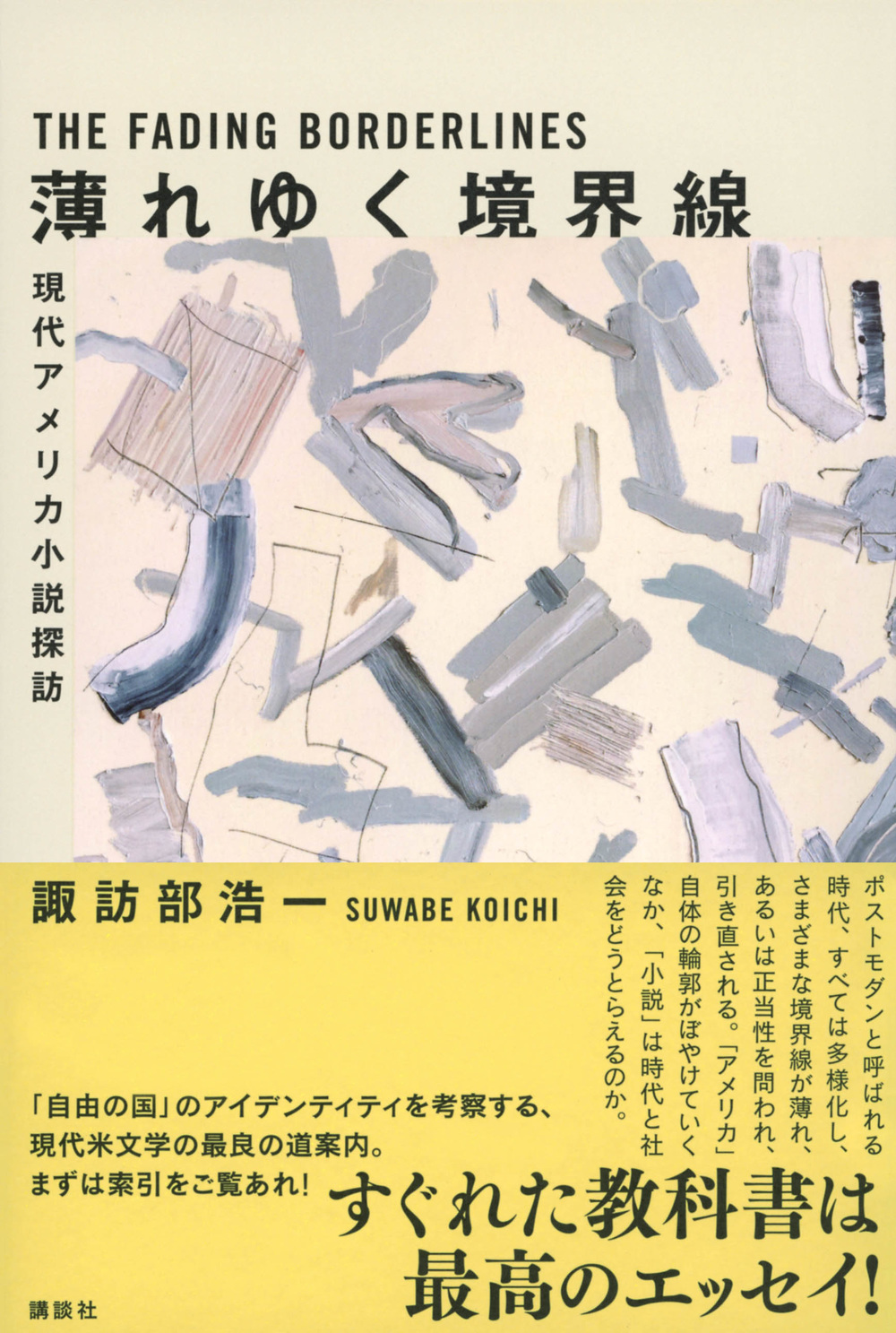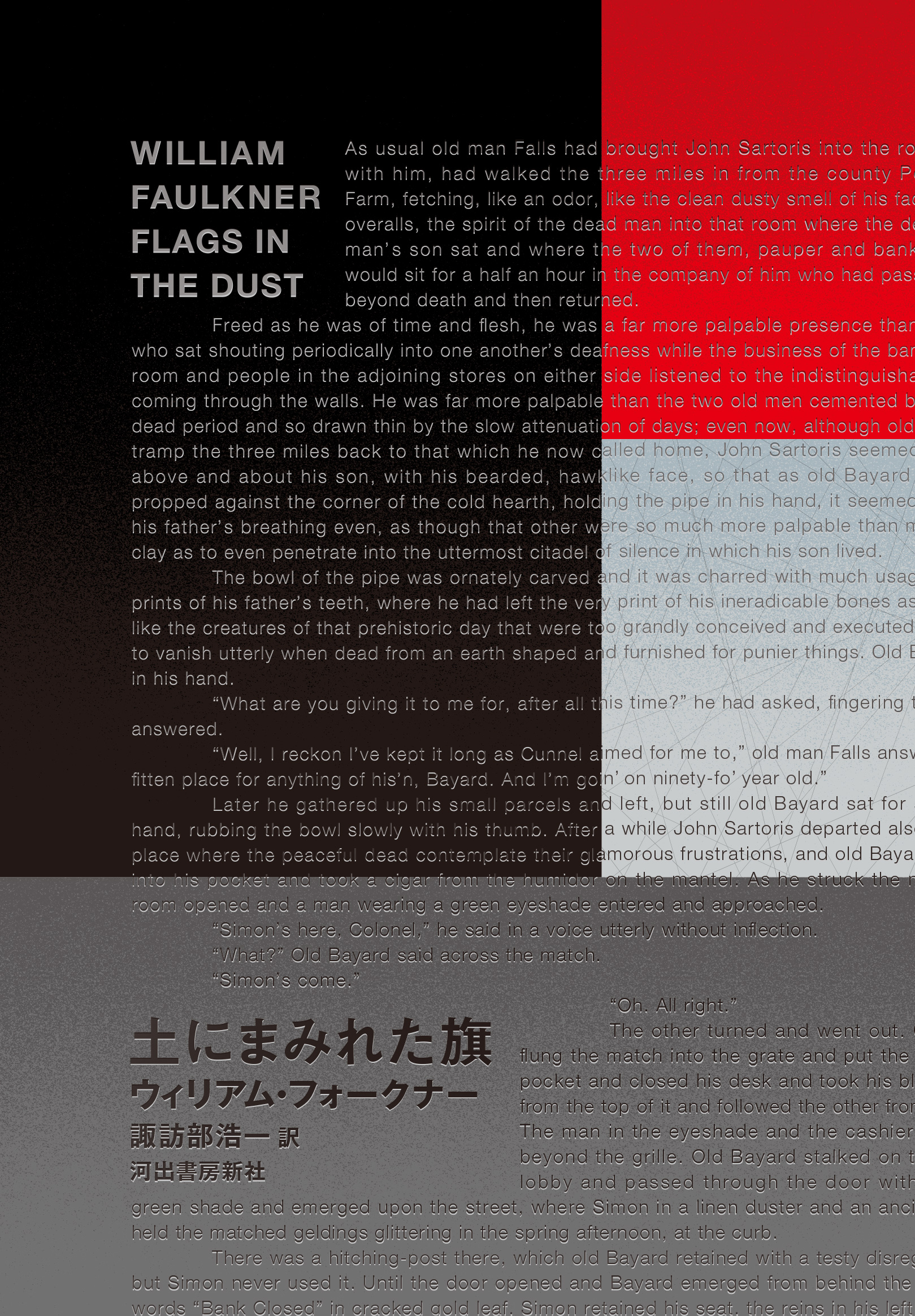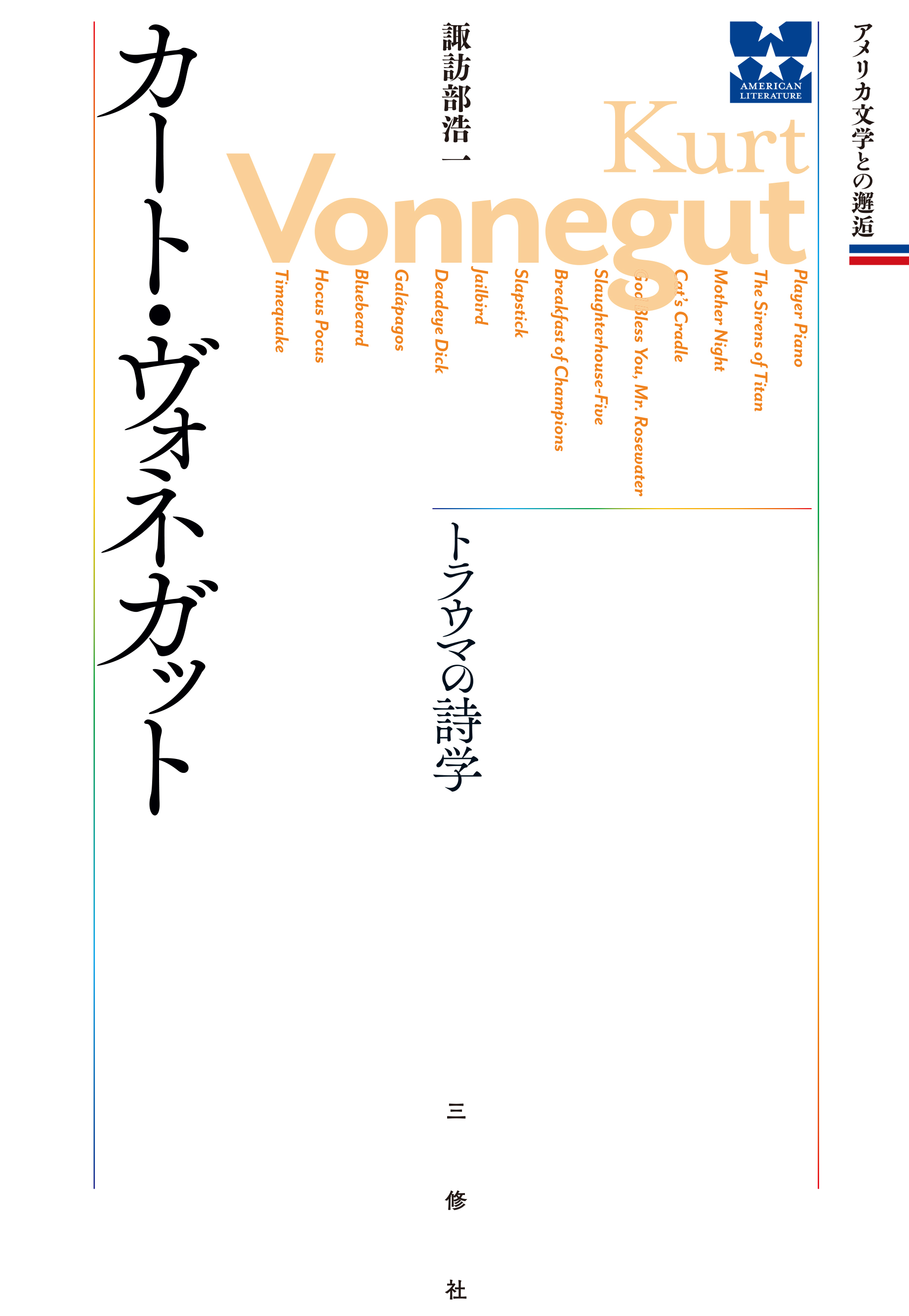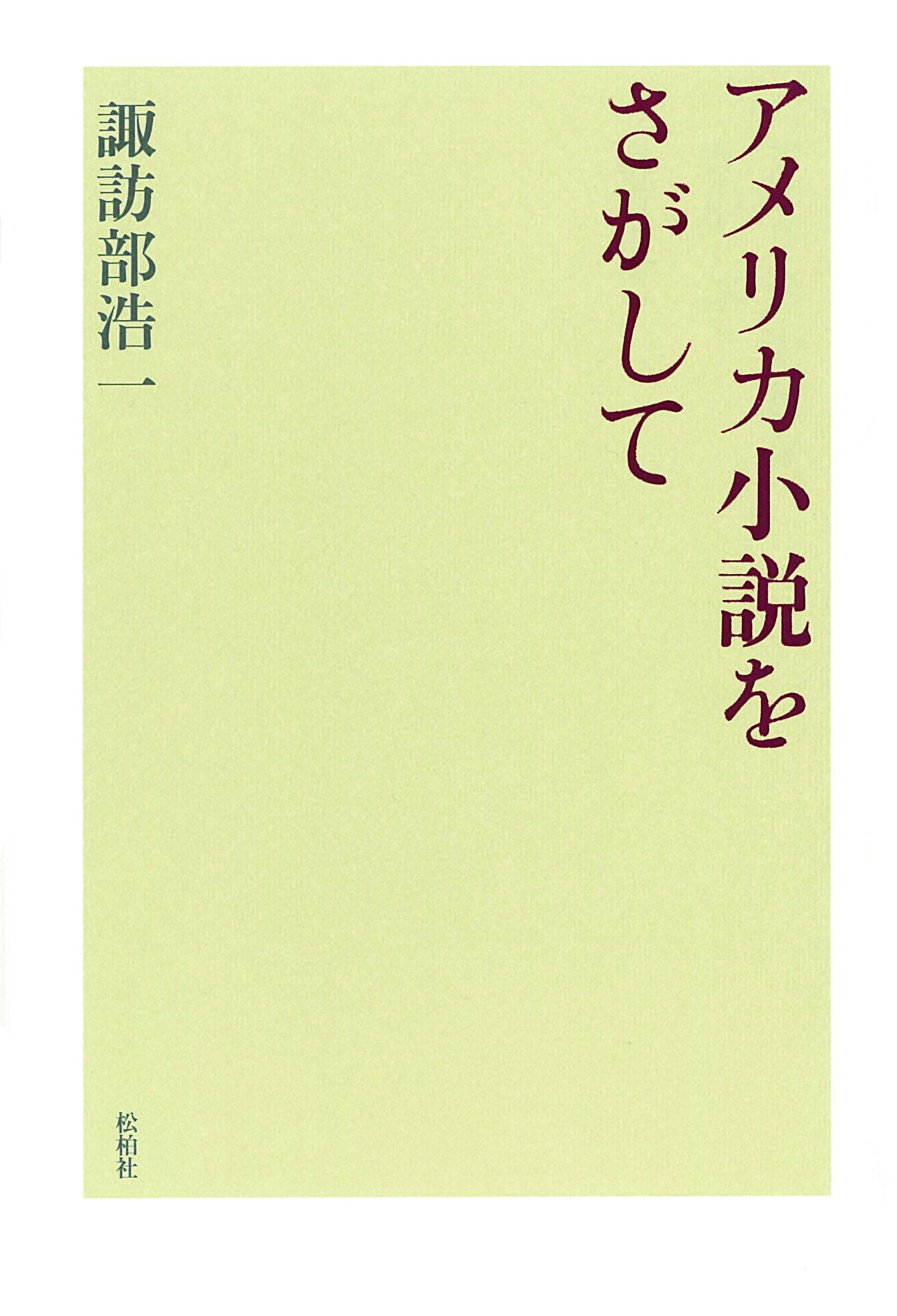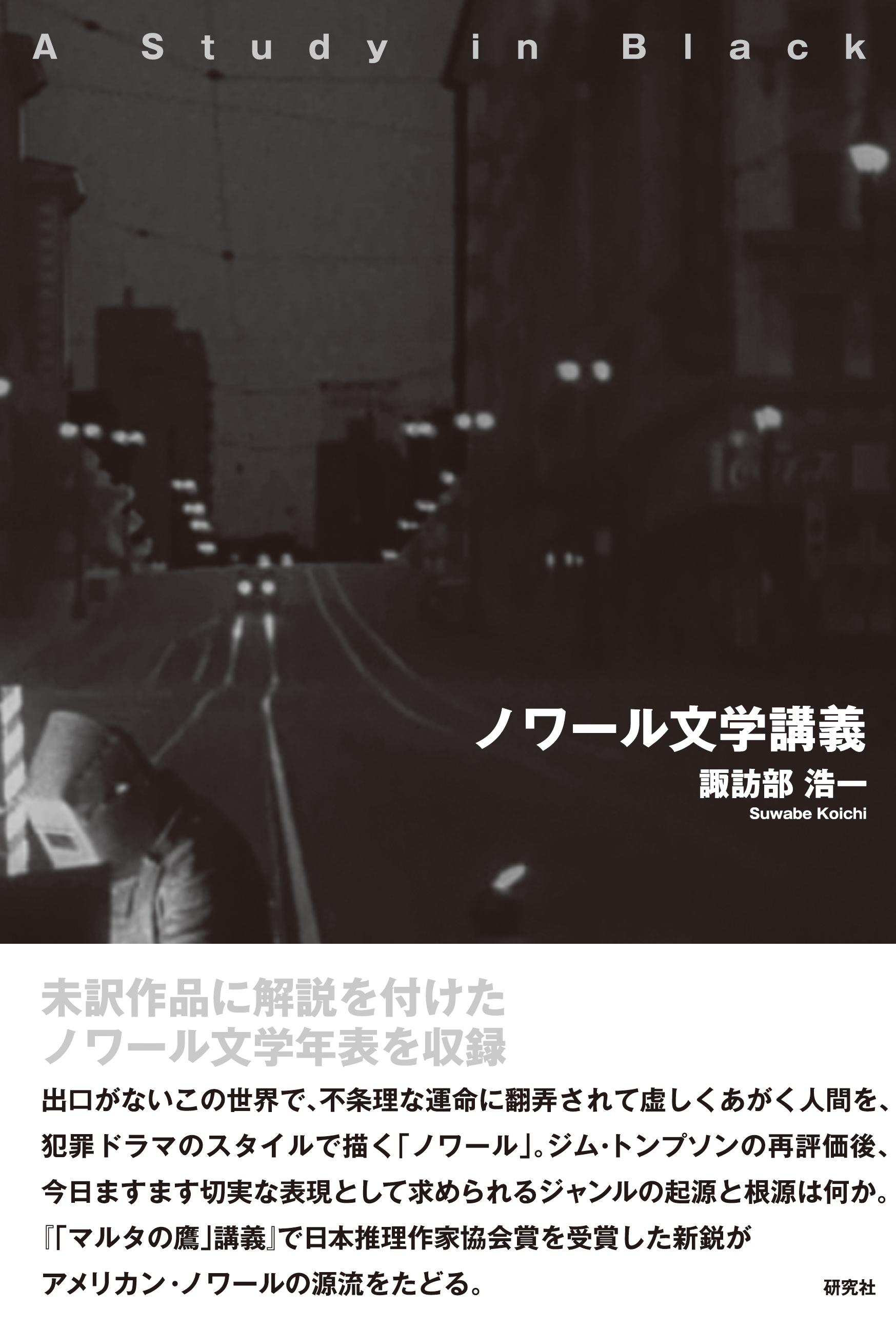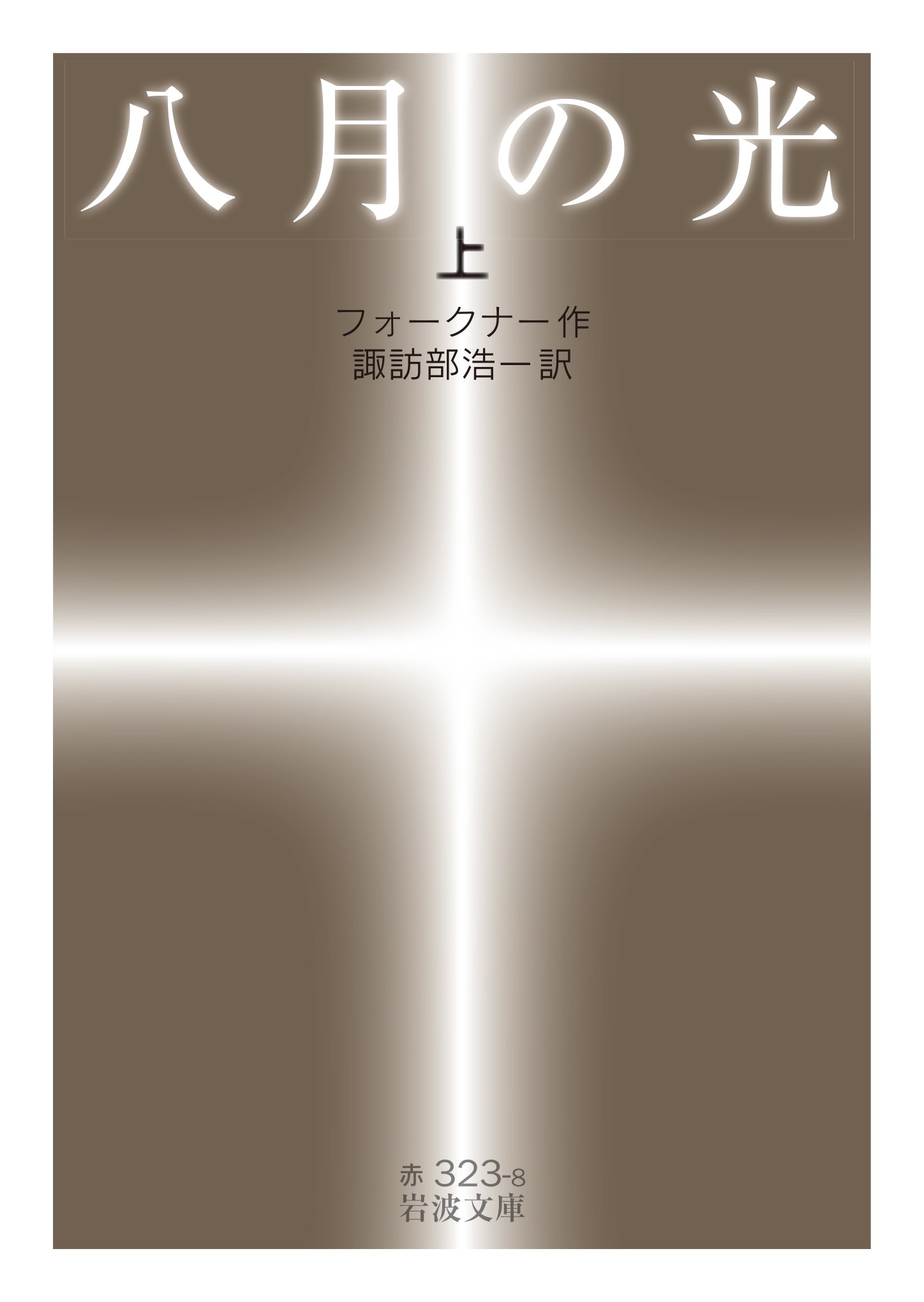
Title
Iwanami Bunko Hachigatsu No Hikari Light in August
Size
Paperback pocket edition, softcover
Language
Japanese
Released
October 18, 2016
ISBN
(vol.1) 9784003232385
(vol.2) 9784003232392
Published by
Iwanami Shoten.
Book Info
See Book Availability at Library
Japanese Page
This book is a translation of William Faulkner’s (1897–1962) seventh novel, Light in August (1932).
Faulkner, one of the greatest American novelists, published many masterpieces, such as The Sound and the Fury (1929) and Absalom, Absalom! (1936). However, I have long recommended that people begin by reading his Light in August. This work is part of his lifelong project, the “Yoknapatawpha Saga,” which he modeled after his small hometown in the state of Mississippi. All of the major characters are outsiders, and it can be read without any background knowledge. It is also unlike Faulkner’s other works in that it makes for easy reading. Not having a pronounced modernist experimental nature; generally, the storyline is straightforward, and readers do not lose their bearings. One literary encyclopedia remarks that this work gives one a full taste of what is interesting about novels. It would be a pity for anyone who likes novels not to read it.
At any rate, I would encourage everyone to open this novel and begin reading. The main characters are a young woman from the countryside pursuing a lover that left her, a drifter who thinks that he might have some “black blood,” and a recluse pastor who has holed himself up in his home. Reading this book while being dazzled by Faulkner’s strength as a storyteller to connect the lives of these highly individual characters, the reader is steadily and rapidly brought into the world of the 1930s South, spatially and temporally far removed from twenty-first century Japan.
The experience of being drawn into another world is one of the best parts of reading foreign literature. Why does the young woman stubbornly pursue this man? Why is the drifter so preoccupied with the color of his blood? Why does the reverend completely reject society? Thinking about these questions while following the lives of the main characters drives home for readers the weight of the novel’s various themes: gender, race, and religion. This experience opens the door to another culture on a level that is different from simple knowledge. Those who read this work will surely come to understand that outstanding novels make it possible to travel to another world from the comfort of one’s own home.
(Written by SUWABE Koichi, Associate Professor, Graduate School of Humanities and Sociology / 2018)



 Find a book
Find a book


